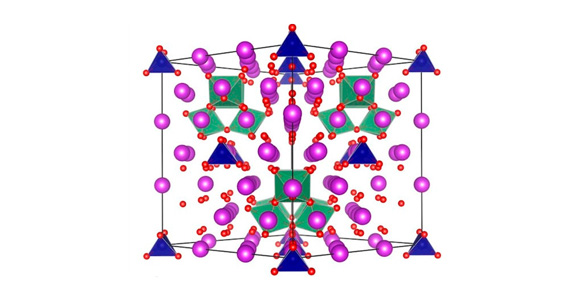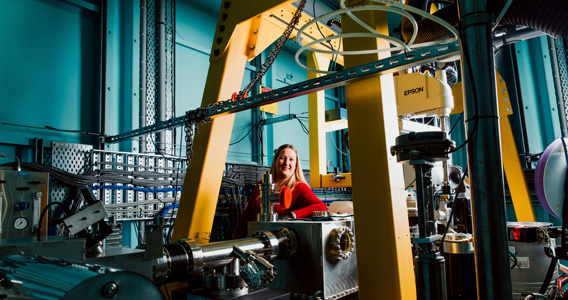Here’s how some students and teachers describe the Australian Synchrotron.
“The synchrotron is an incredibly useful machine, which accelerates electrons to produce a light source in different types of beam lines, which can be used to produce experimental results, which are accurate clear and easy to analyse without killing the property the light hits. ... this marvellous machine has already aided scientists in making various discoveries, not only in the field of science, but also in arts and agriculture, holding the potential to aid more research in the future.”
Student, Ballarat Grammar
“The synchrotron is a very large, very beautiful, highly complex and very expensive, light source machine, which accelerates electrons to extremely high energies producing immense, focused light. It is the lamp for a range of highly technical ‘microscopes’ that allow us to deconstruct and rebuild the world we live in, so we might understand and improve it.”
Teacher, Santa Maria College
“Essentially it is a particle accelerator that produces very particular beams of infrared and x-rays. It radically reduces the time taken to conduct research, which can speed up computers and to save lives. It is a rare platform where scientists of all domains can connect, collaborate and, therefore, break barriers.”
Student, Nossal High School
“The synchrotron is an invention that accelerates electrons to close to the speed of light, and produces very bright light to allow us to see things we otherwise couldn’t. It is capable of revolutionising how we study many different types of sciences, such as curing diseases and reducing emissions. It will take our understanding of science to the next level.”
Student, Brighton Secondary College
“The synchrotron is a machine that enables us to look further into objects much clearer and deeper than other machines/sources. ... it affects everyone from medical advances to computers we use. It helps to evolve the modern world.”
Student, Ararat College
“The synchrotron is a machine that uses physics to help us learn more things about the universe. ... it helps our society move forward with the creation of new technology.”
Student, Sacred Heart College
The students and teachers who made these comments were at the Australian Synchrotron in December 2014 for a full day of tours, activities and discussions about science, as former participants in the Growing Tall Poppies program.
Growing Tall Poppies (GTP) aims to provide authentic science experiences for high school students to encourage them to become “passionate and interested in science”. The program is coordinated by Eroia Barone-Nugent from Santa Maria College in Northcote, in collaboration with Akorn Educational Services and the University of Melbourne ARC Centre for Coherent X-ray Science.











